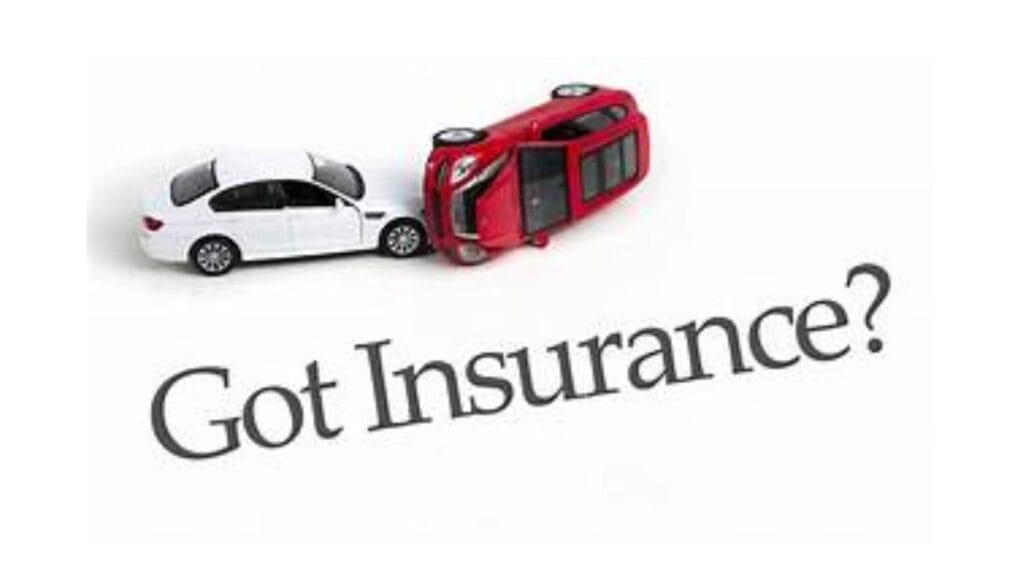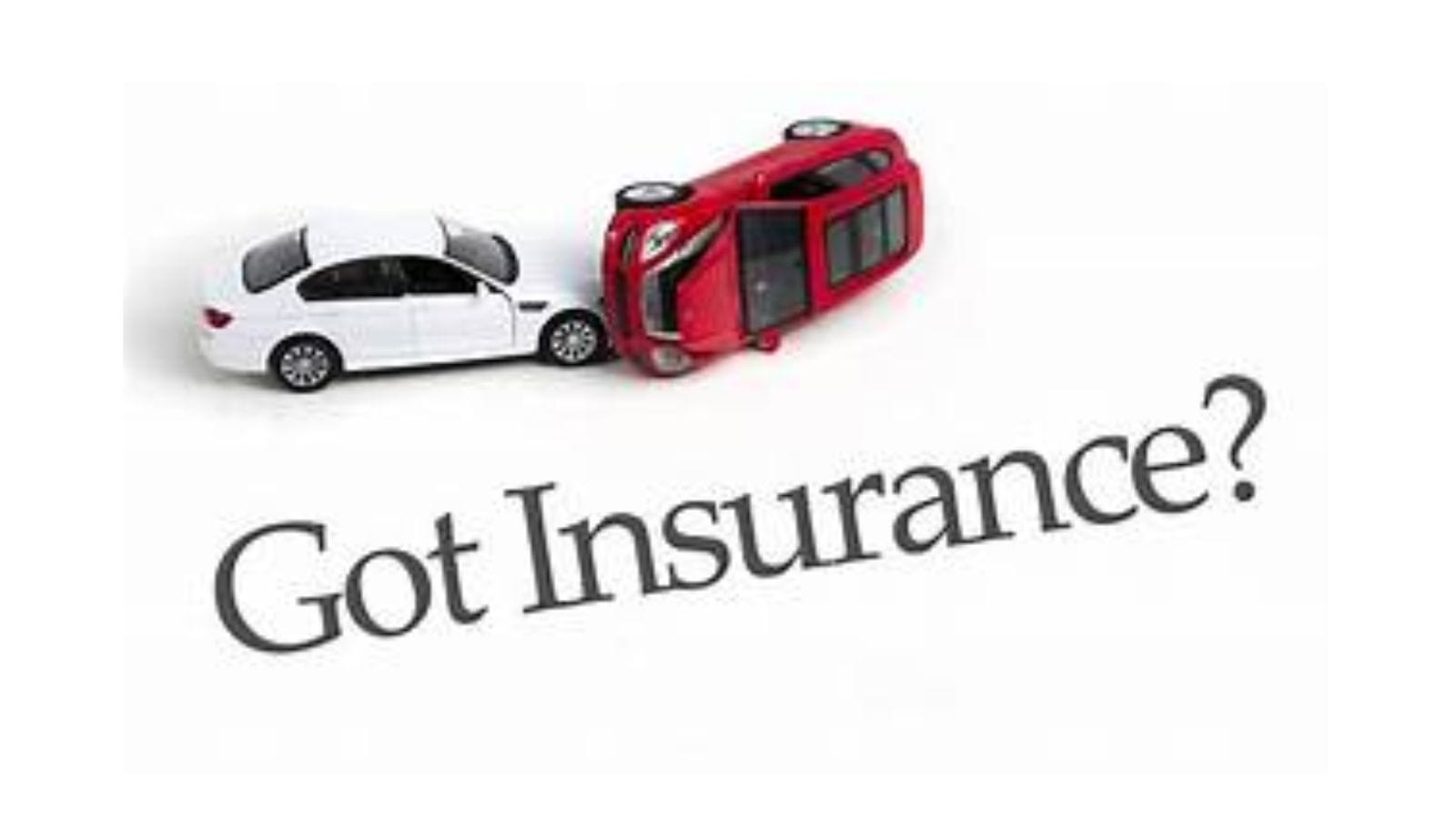Auto insurance is essential for car owners. It protects both the vehicle and the people in accidents. Having the right auto insurance policy is crucial. It helps you meet legal requirements and protects your finances. In this guide, we’ll look at different types of auto insurance. We’ll cover what each type includes, give real-life examples, and explain why choosing the right policy is important for you.
What is Auto Insurance?
Auto insurance is a contract. It’s between a vehicle owner and an insurance company. This contract protects the owner from financial loss due to accidents, theft, or other vehicle-related issues. In exchange for a premium, the insurer promises to cover certain expenses if the insured car is damaged or involved in an accident.

Auto insurance protects you financially when the unexpected occurs. It covers damages to another person’s vehicle, pays medical bills after an accident, and helps replace your car if it’s stolen.
Why Do You Need Auto Insurance?
Auto insurance isn’t just a luxury; in many places, it’s a legal requirement. Driving without insurance can lead to hefty fines, the suspension of your driver’s license, and even jail time in some areas. Auto insurance does more than just meet legal requirements. It also shields your investment, health, and finances if an accident happens.
Here are some key reasons why auto insurance is necessary:
- Legal Requirement: Many states or countries require you to have a minimum amount of insurance before you can legally drive.
- Financial Protection: If you’re at fault in an accident, you could be liable for repairs, medical costs, and legal fees.
- Protection for Others: Auto insurance pays for injuries or damages to others if you cause an accident.
- Peace of Mind: Knowing that you’re covered can help reduce anxiety when driving, particularly in high-risk situations.
Types of Auto Insurance Coverage
Auto insurance has different types of coverage. Each one protects various parts of your car, your driving, and the effects of an accident. Understanding the differences between each type is essential to ensuring that you have the right coverage.
1. Liability Insurance
Liability insurance is the most basic form of auto insurance and is often required by law. It covers the costs associated with damage or injuries you cause to others in an accident where you are at fault. Liability insurance is divided into two main parts:
- Bodily Injury Liability (BI): Covers medical expenses for injuries you cause to others in an accident.
- Property Damage Liability (PD): Covers the cost of repairs to another person’s vehicle or property damaged in the accident.
For example, let’s say you accidentally run a red light and hit another car, injuring the driver and damaging their vehicle. If you have liability insurance, it would cover their medical expenses and the repair costs for their car. However, it would not cover your own injuries or car damages.
Fun Fact: In the U.S., the minimum liability coverage requirements vary by state. In California, you need at least $15,000 for bodily injury per person. The limit is $30,000 per accident. Also, you must have $5,000 for property damage.
2. Collision Insurance
Collision insurance covers damage to your vehicle in the event of a collision, regardless of who is at fault. This type of coverage is especially useful for accidents where your car is damaged but not due to another person’s negligence.
Imagine you are driving in a snowstorm and slide into a guardrail. If you have collision insurance, it would cover the cost of repairing your car, minus your deductible.
While collision insurance is not required by law, it is often required by lenders if you’re financing your vehicle. The coverage ensures that the vehicle can be repaired or replaced if damaged in a collision.
3. Comprehensive Insurance
Comprehensive insurance covers non-collision-related damages to your vehicle. This could include damage caused by natural disasters, vandalism, theft, or hitting an animal. Comprehensive coverage protects you, even if accidents happen due to things you can’t control.
For instance, imagine a tree branch falls on your car during a storm and cracks the windshield. Comprehensive insurance would cover the repair costs. Similarly, if your car is stolen, comprehensive insurance would help reimburse you for the vehicle’s value.
Real-Time Example of Comprehensive Insurance:
A woman living in a hurricane-prone area purchased comprehensive coverage. During a particularly fierce hurricane, a tree fell on her car, severely damaging it. Her great insurance let her fix her vehicle without big out-of-pocket costs.
4. Uninsured/Underinsured Motorist Coverage
Not all drivers carry adequate insurance, and in some cases, they may have none at all. If you have an accident with an uninsured or underinsured driver, your UM/UIM coverage will apply. This insurance protects you if the other driver is uninsured or lacks enough coverage to pay for your injuries or damages.
For example, if another driver hits you from behind and lacks enough insurance, they may not cover your medical bills or car repairs. UM/UIM coverage will help cover the gap, ensuring you don’t face financial hardship due to someone else’s negligence.
Additional Types of Auto Insurance
5. Personal Injury Protection (PIP)
PIP, or no-fault insurance, pays for medical bills for you and your passengers. It doesn’t matter who caused the accident. In some states, PIP is mandatory. It can also cover lost wages and other out-of-pocket expenses, like child care.
6. Gap Insurance
Gap insurance is an optional coverage that is valuable if your car is totaled. If you owe more on your car loan than the car is worth, gap insurance covers the difference, ensuring that you’re not left paying for a car you no longer have.
Real-Life Story: The Importance of Auto Insurance
Meet Jessica, a 32-year-old woman who lives in a busy city. One rainy day, she was driving to work when another driver swerved into her lane and collided with her car. Thankfully, Jessica was unharmed, but her car was severely damaged. The other driver didn’t have enough insurance to cover the damages.
Jessica had comprehensive insurance, so while she wasn’t at fault for the accident, her insurer took care of the costs of repair. Since she had uninsured motorist coverage, her medical expenses were fully covered. She didn’t need to worry about paying the bills herself.
If Jessica didn’t have the right coverage, she would have faced high out-of-pocket costs or ended up with a totaled car.
How to Choose the Right Auto Insurance
When choosing the right auto insurance policy, consider factors such as:
- State Requirements: Understand the minimum requirements for your state or country. Some places only need liability coverage. Others might ask for personal injury protection or uninsured motorist coverage.
- Vehicle Type: Luxury or high-performance cars need more coverage. This is because their repair costs are higher.
- Your Driving Habits: If you drive often or in risky areas, think about getting higher coverage limits. This is especially important for comprehensive and collision insurance.
- Your Budget: Auto insurance can be expensive, but skimping on coverage can leave you vulnerable. Choose a plan that balances cost with protection.
Conclusion
Auto insurance is a critical component of responsible car ownership. No matter if you have a new car or an older one, the right coverage helps. It can save you from money problems if you face an accident, theft, or damage. Liability, collision, and comprehensive insurance each have a unique role. They protect both your vehicle and your finances. Uninsured motorist coverage and personal injury protection give you and others extra security on the road.
To choose the right auto insurance, know the types of coverage. Think about your needs. This way, you can find a policy that gives you peace of mind and financial protection.
ISO Health Insurance: Navigating the Maze of Student Coverage
FAQs About Auto Insurance
Liability insurance covers damages to others’ property and bodily injuries caused by you in an accident.
Comprehensive coverage is worth the cost if your vehicle is valuable, or if you live in an area prone to natural disasters, theft, or vandalism.
If you don’t have insurance and cause an accident, you may be personally liable for the costs of damages, injuries, and legal fees.
Uninsured motorist coverage pays for your medical bills and damages. This applies if you’re in an accident with a driver who lacks insurance or has too little coverage.
Yes, you can cancel your auto insurance policy at any time, but be aware of cancellation fees or penalties. It’s also essential to have a new policy in place before canceling.
